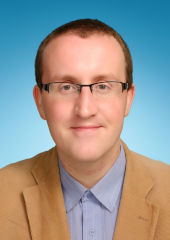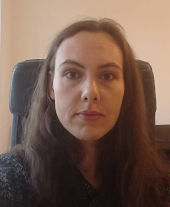ML4Q Concepts
Series #3: Quantum Gravity, Holography and Error Correction
The third ML4Q Concepts seminar series on quantum gravity, holography and error correction was organized by Markus Müller (RWTH Aachen/FZ Jülich), Sebastian Diehl (University of Cologne), Fabian Hassler (RWTH Aachen), and Roman Riwar (FZ Jülich).
The seminar recordings are available for all members and cluster associates on the internal website. If you do not have access, please drop a line to the ML4Q office. Suggestions for topics/speaker for follow-up seminar series are always welcome via our (ML4Q-internal) Slack workspace!
Seminar schedule

24 June 2021, 11:00
René Meyer (U Würzburg)
Quantum Information and AdS/CFT
In recent years, the study of quantum information measures has been fruitful in the understanding of quantum many body systems as well as black holes. The connection to gravity is given by the AdS/CFT correspondence, which maps strongly correlated quantum systems to weakly coupled gravity in one additional dimension, and vice-versa. In this talk I will give a pedagogical introduction to the AdS/CFT correspondence, its usefulness in studying strongly interacting quantum matter, as well as its relation to quantum information theory, and here in particular to quantum computational complexity. Finally, I will present several recent research results of our research group in this direction, and conclude with possible future directions.

8 July 2021, 11:00
Carolin Wille (U Cologne)
Holographic tensor networks
Tensor networks provide a natural way to parametrize the amount of entanglement shared between constituents of a physical system. This property renders them a valuable tool in the study of bulk-boundary correspondences in general and holographic dualities in particular. In recent years various tensor network constructions have been suggested that reproduce structural features of the Ads/CFT correspondence, such as the Ryu-Takayanagi entropy formula or critical boundary theories described by a conformal field theory. In this talk I will present an overview of the existing tensor network constructions and briefly address how their holographic features relate to concepts from quantum information theory, in particular to quantum error correcting codes. If time permits, I will continue with the discussion of a particular holographic random tensor network model and show how (ensembles of) the latter can be described in terms of an effective continuum theory.
